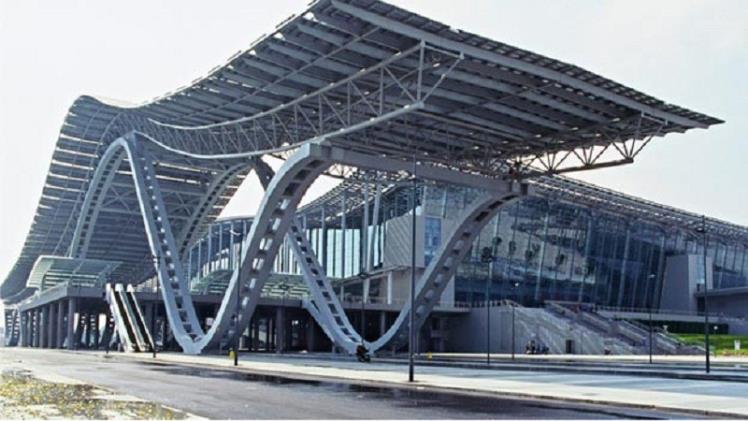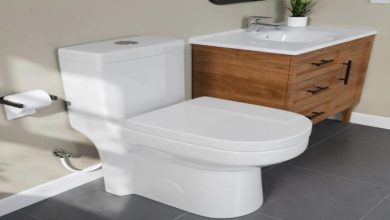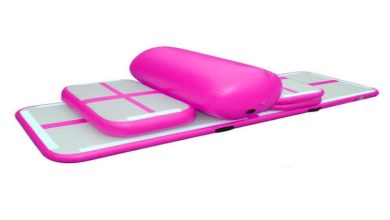What are the different kinds of steel structure designs?

Steel structure design is one of the most important and demanding tasks in the construction industry. This is why steel structures courses in Pune or Delhi are so popular among students. Steel structure design has a great impact on the cost, product quality, and design. When structuring a steel building foundation, it is always good to know the difference between the four main design types. This can help you identify the right type of foundation for your project.
-
Portal frames
A Portal frame is a steel structure that consists of a series of girders, beams, and columns. The girders are connected at their top and bottom ends with beams. The beam connects to the column at its middle point. These columns and beams are connected by connecting rods or diagonals. The diagonals are placed in between the girders and beams. click here for more info from Discord
These portal frame designs have a lot of advantages over other types of steel structures, like moment frames, box girders, and trusses. These portal frame designs can be used for heavy-duty applications where large spans are required for buildings or bridges. This type of steel structure is also very easy to construct as it does not require any welding machines or special equipment to make these frames work efficiently. Click here for more about Fab Guys
-
Steel grid
A steel grid is a type of steel construction where a series of parallel flat bars are placed on top of each other and then welded together. The bars must be arranged with their lengths running parallel to the length of the building. The advantage of this design is that it can be easily constructed in areas without natural resources, such as trees or rocks. The disadvantage is that it requires more labour to construct and more time for welding than other types of steel structures.
Please click for more info: Jio Rockers Kannada
The most common type of steel grid is a simple geometric shape that can be easily manufactured with simple tools and equipment. Most steel grids have three main components: a reinforcing bar that provides additional strength, ties that connect each bar to other bars, and transverse members that connect the bars at each end of the grid.
-
Steel truss
Trusses are used to support a wide range of loads, including gravity, wind, and seismic loads. Steel trusses can be used for beams, columns, frames, and girders. These structures also provide a variety of applications, such as storage racks, grain bins, and even scaffolding. The major advantage that makes steel trusses superior to other structural components is their ability to resist any seismic shaking forces imposed on them by earthquakes or other forceful events. These usually include both vertical and horizontal forces, but they also include torsional forces that twist the elements at their joints, which can cause them to fail under tension.
Steel trusses are made up of multiple interconnected members that form triangles or rectangles, with each member connected by webbing or bridging members that connect adjacent members. The ends of each member are connected using plates or flanges to form an enclosed space within the open-web sections where the load is concentrated. The most common type of steel truss is the I-beam, which consists of two or more diagonally placed beams with or without gussets (gouges). A strut or stringer is a beam that connects two main beams at their centres and gives them some lateral stability. If you join reliable steel structures courses in Mumbai or elsewhere, you would be expected to work on steel trusses as the final project.
-
Steel building frame
A steel building frame is a type of construction in which the structure is supported by an array of steel columns, beams, and girders. The most common form of steel building frame is the open-web steel structure. This type of construction consists of a series of vertical columns that are connected at various points along their lengths via horizontal beams. These horizontal beams support additional horizontal steel members at various angles and angles to each other as well as any additional vertical elements that may be required by design. The strength of these structures is provided by the use of rebars or other types of reinforcement.




